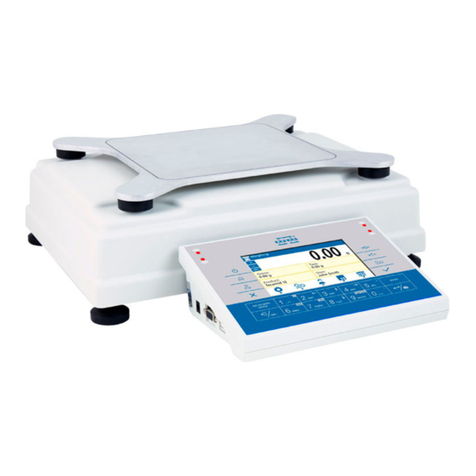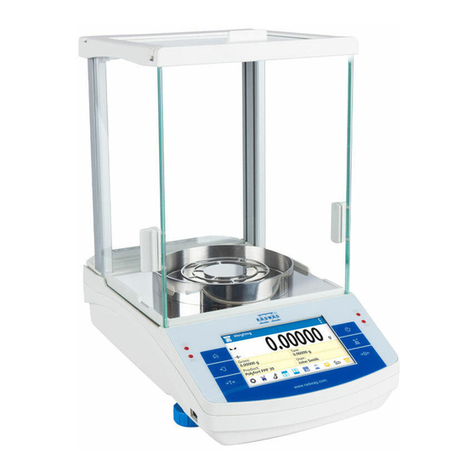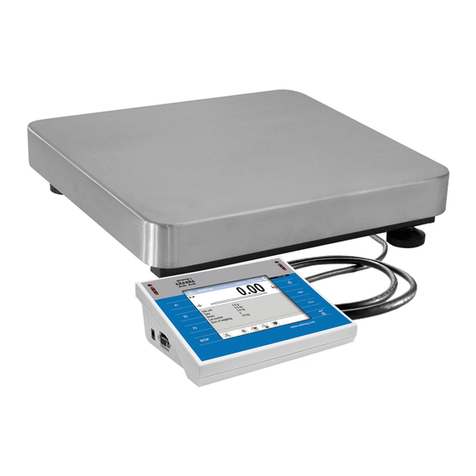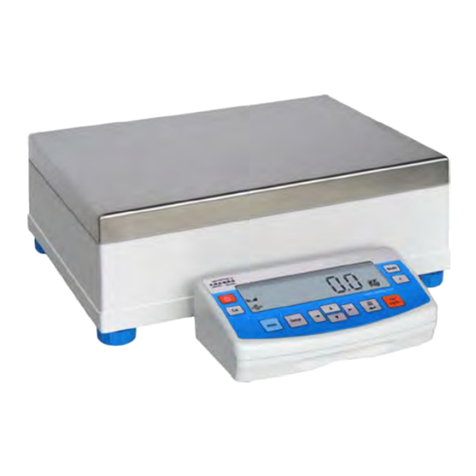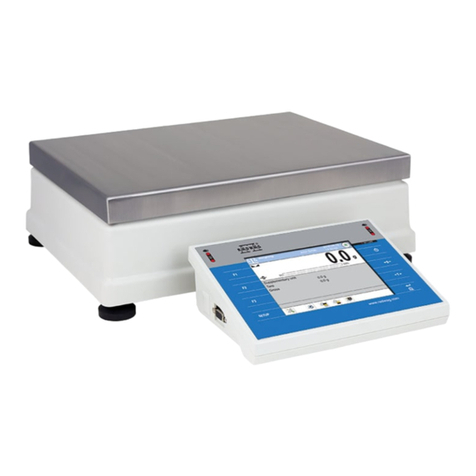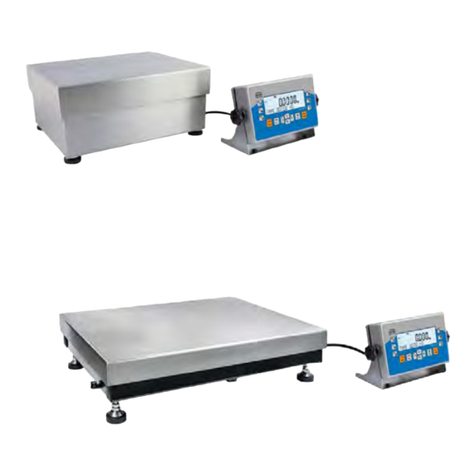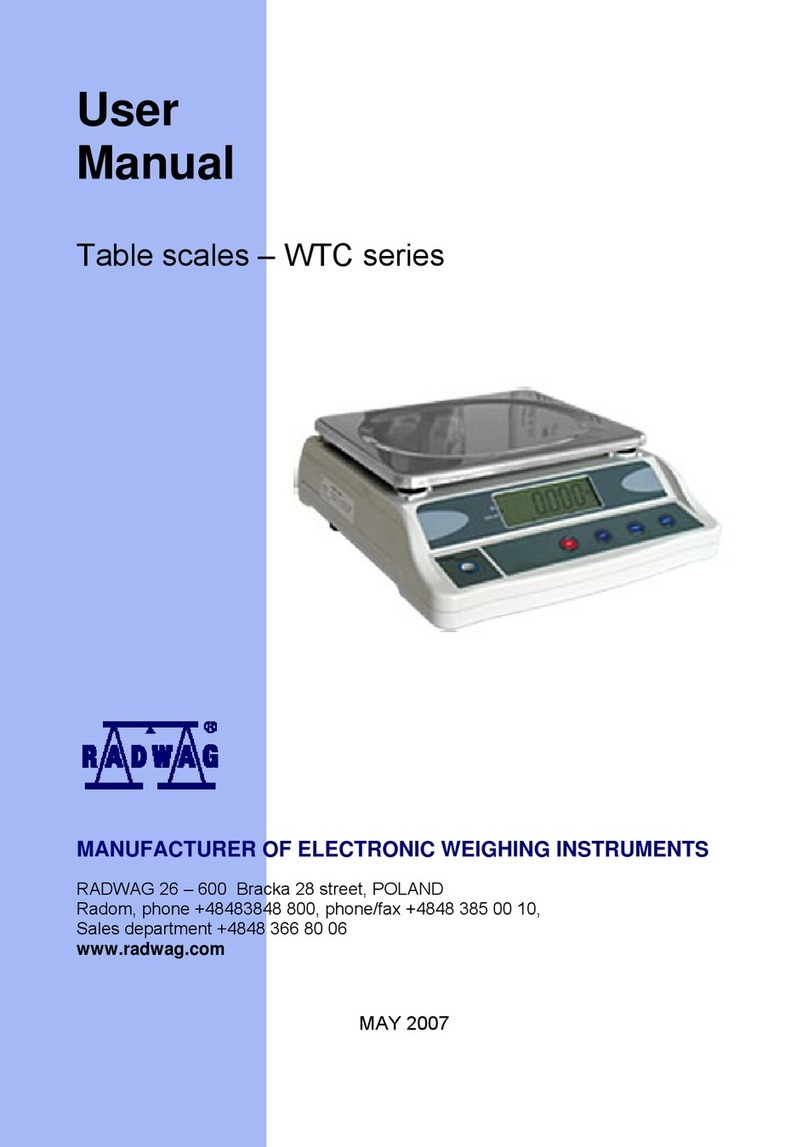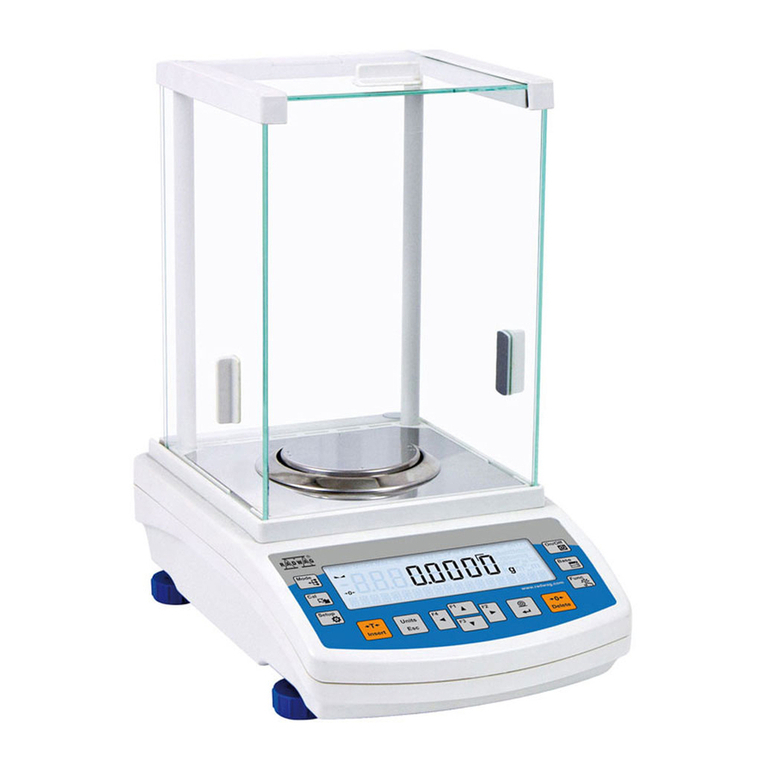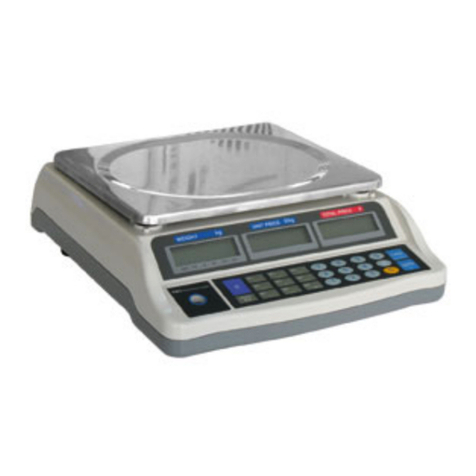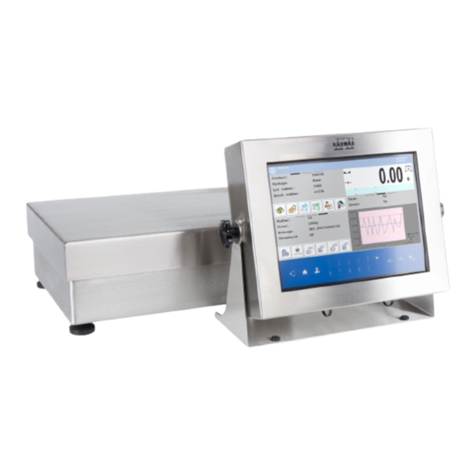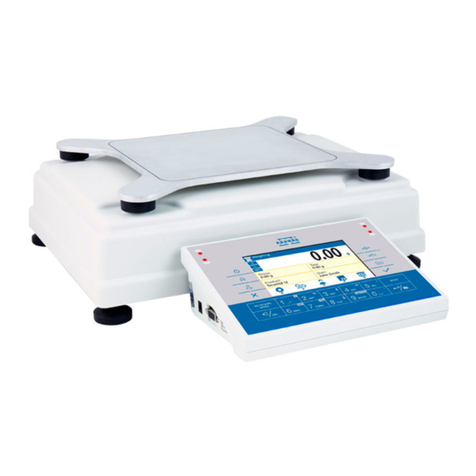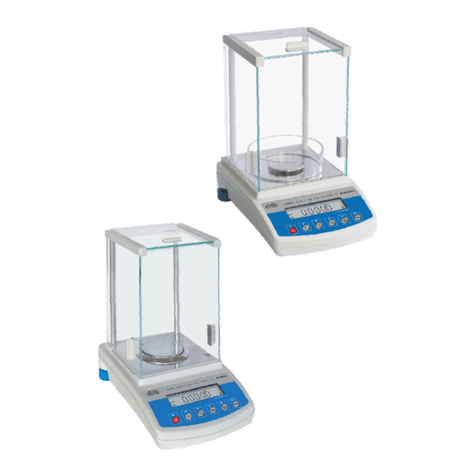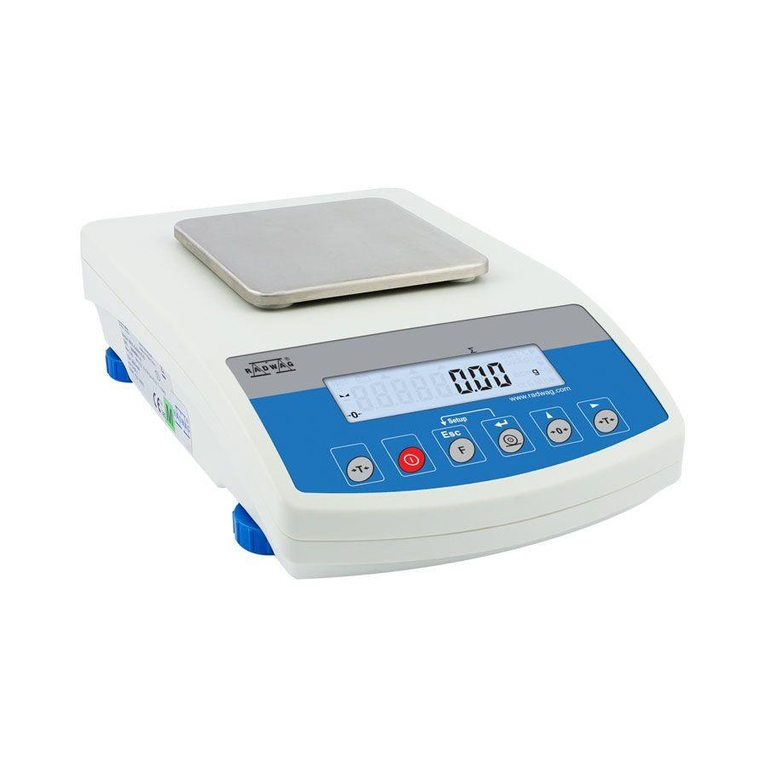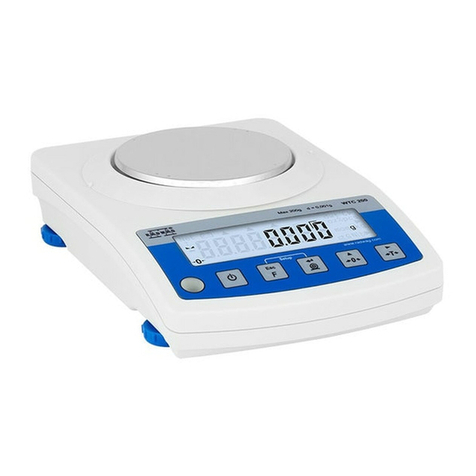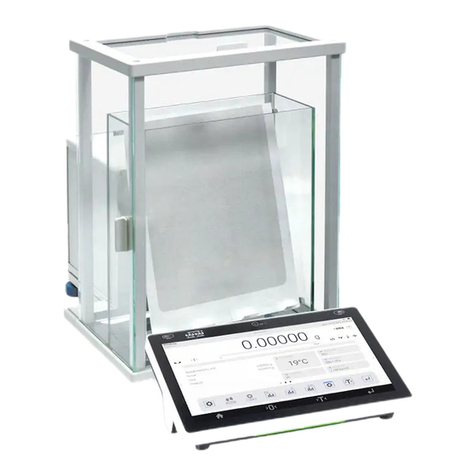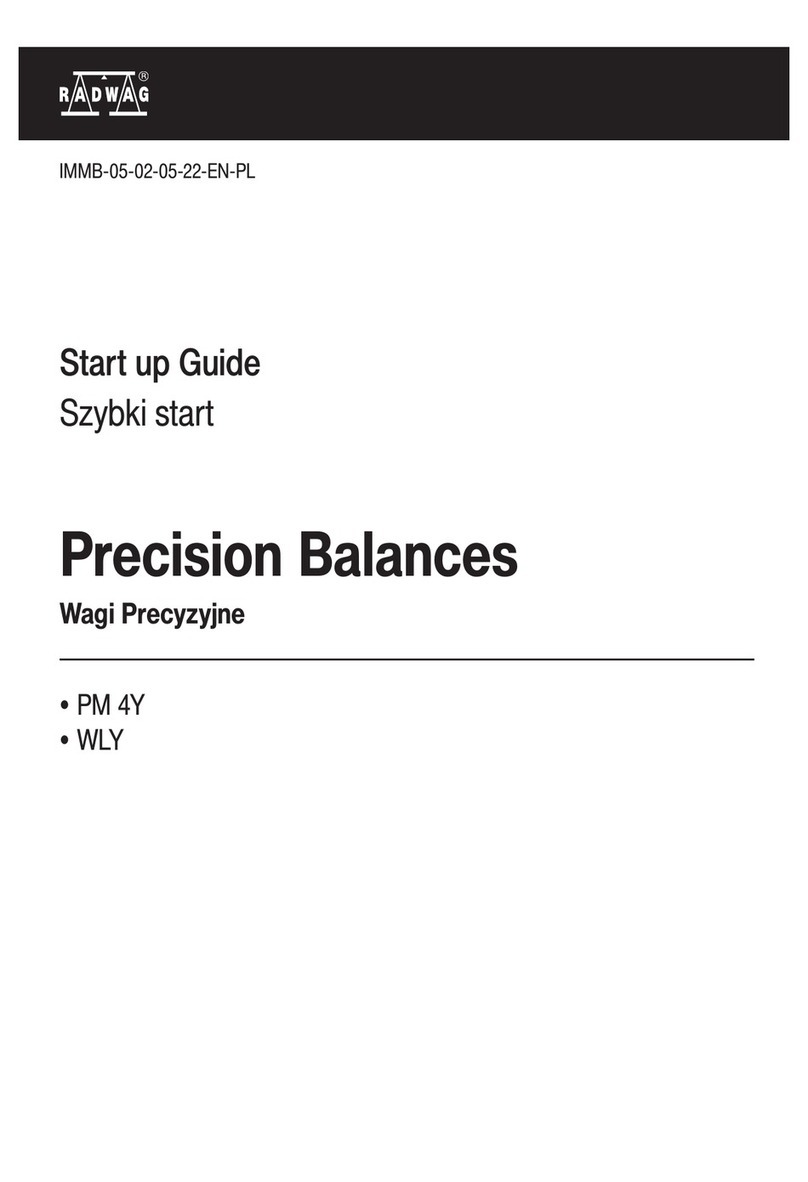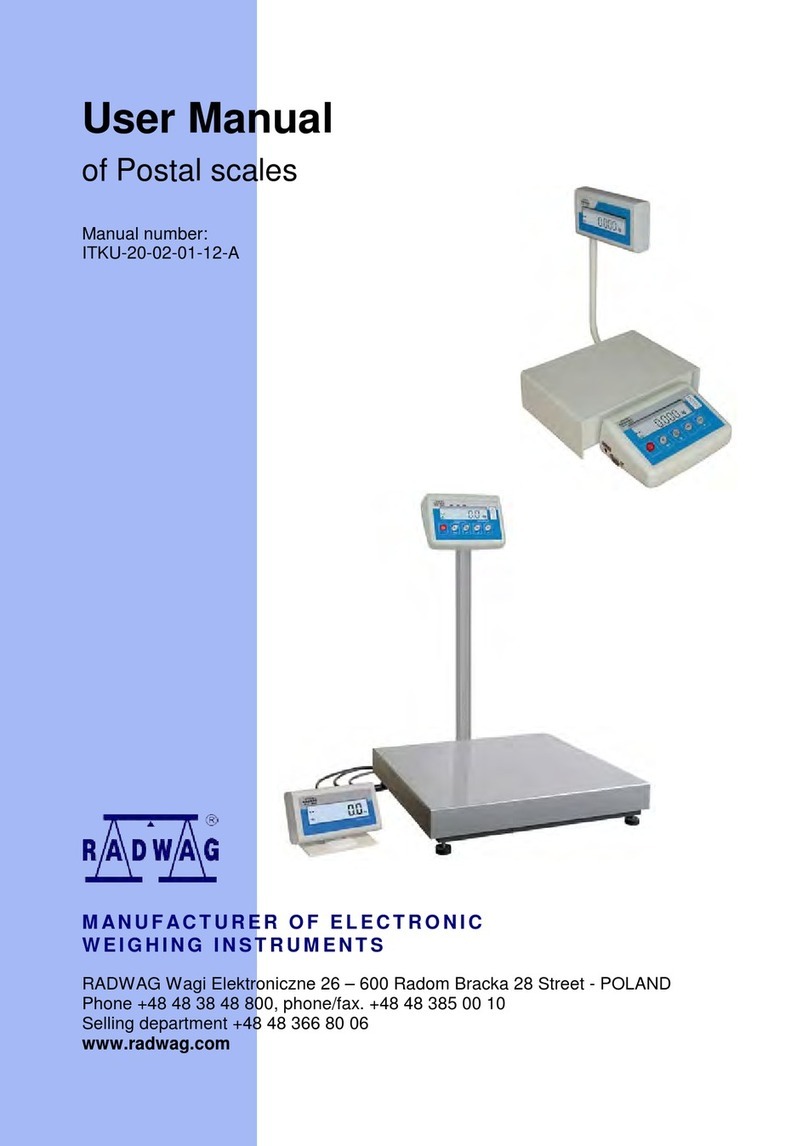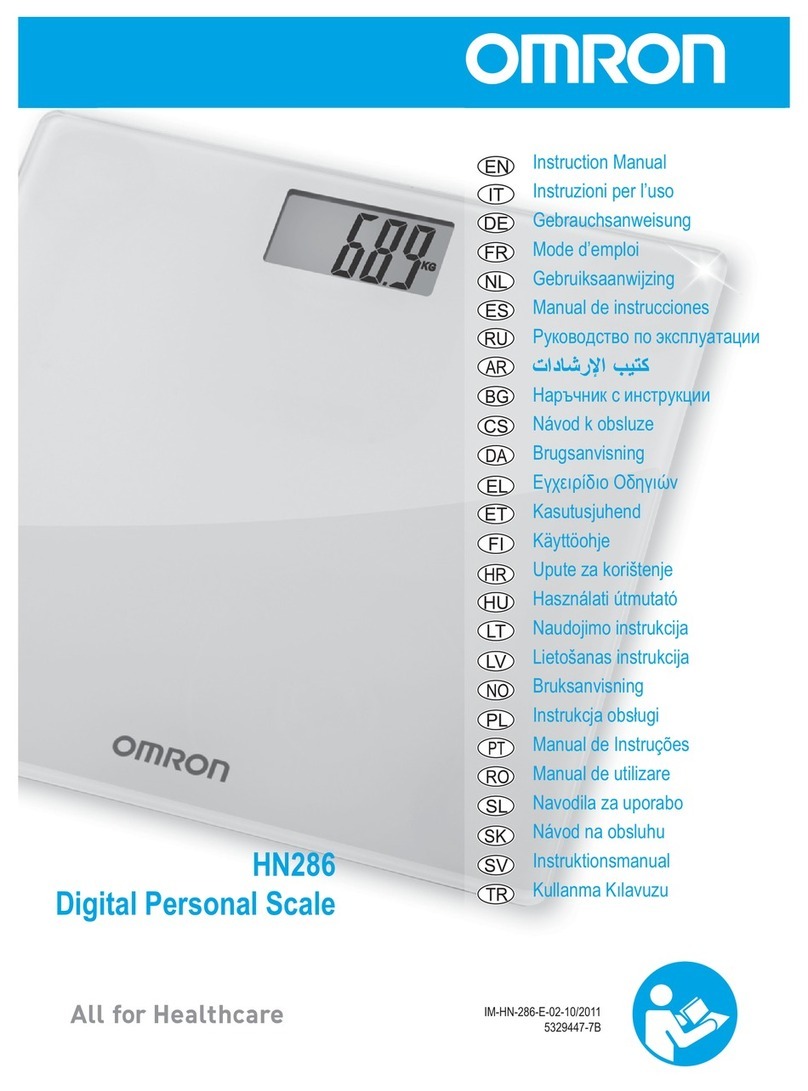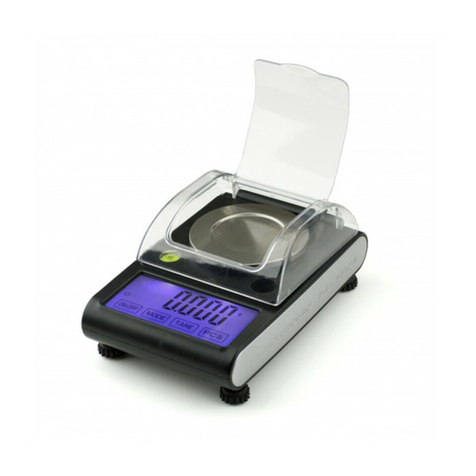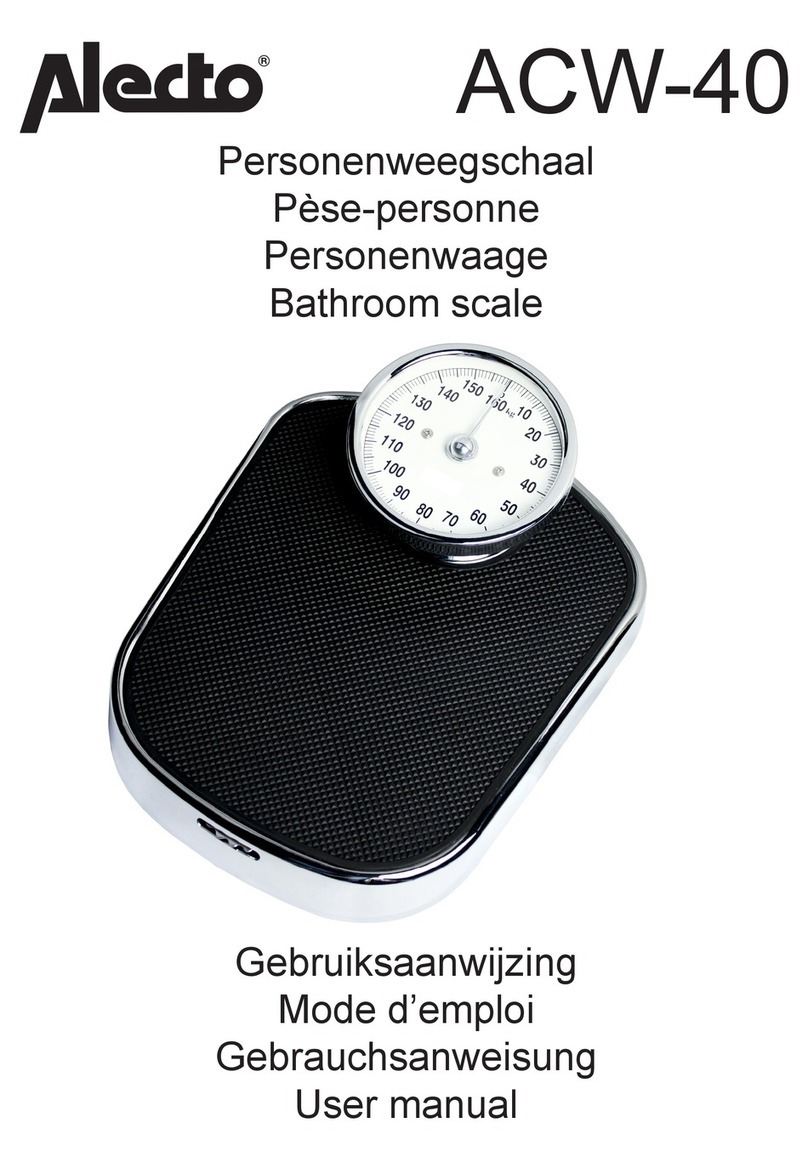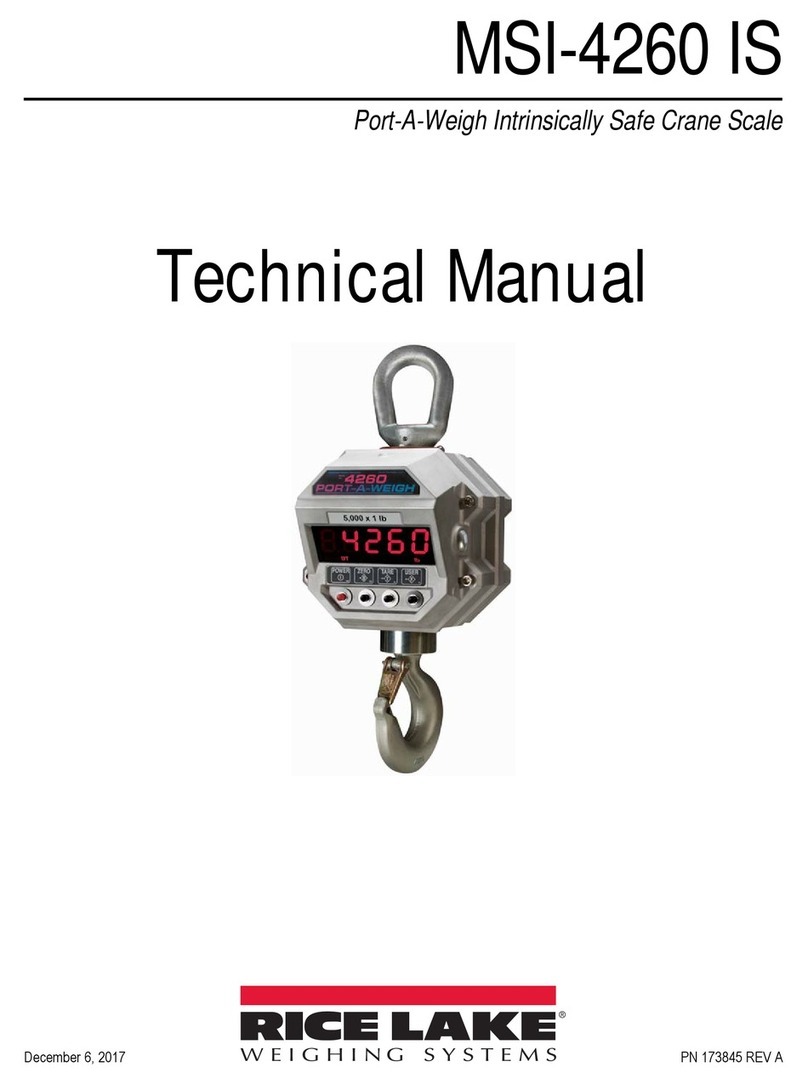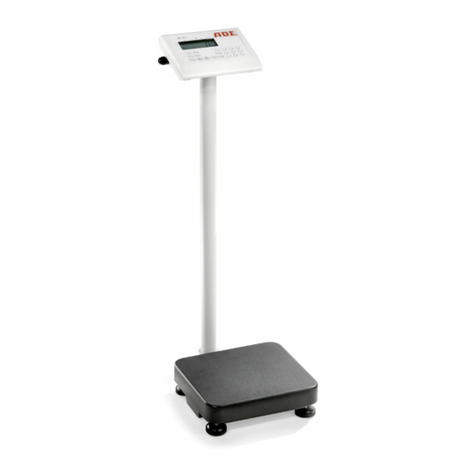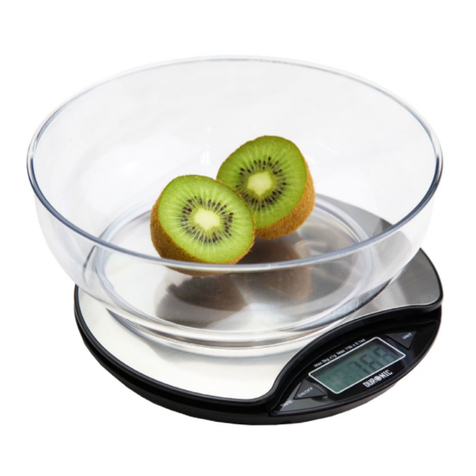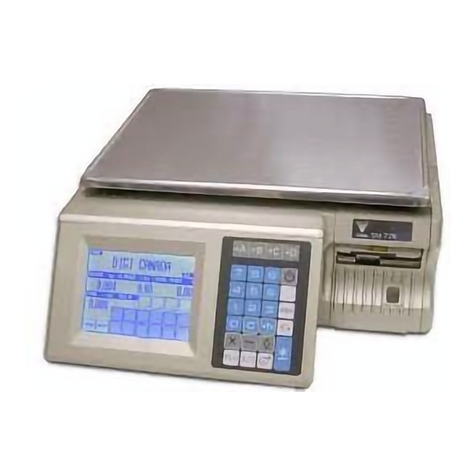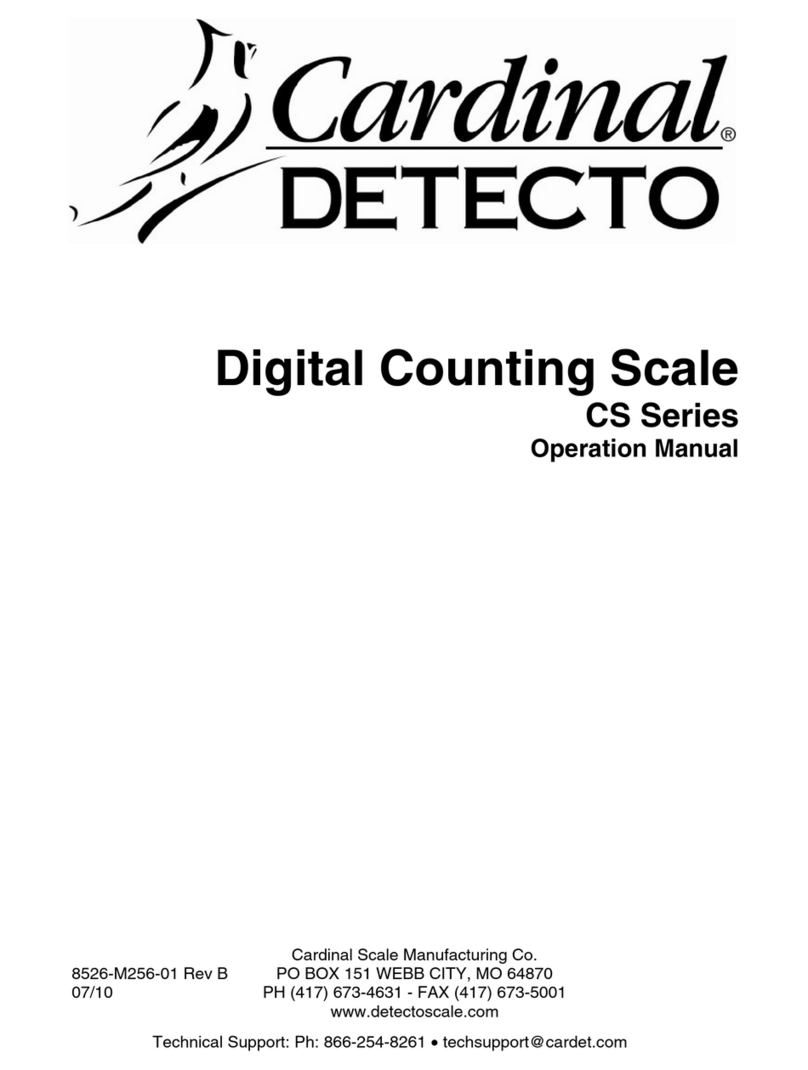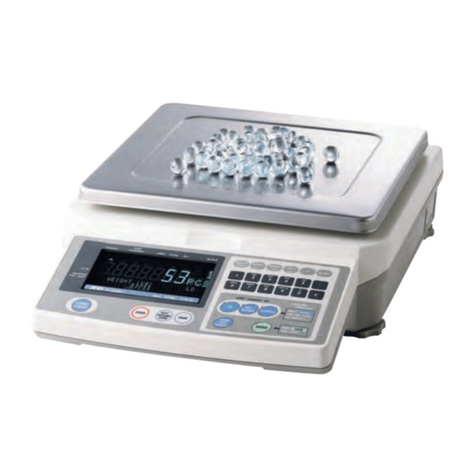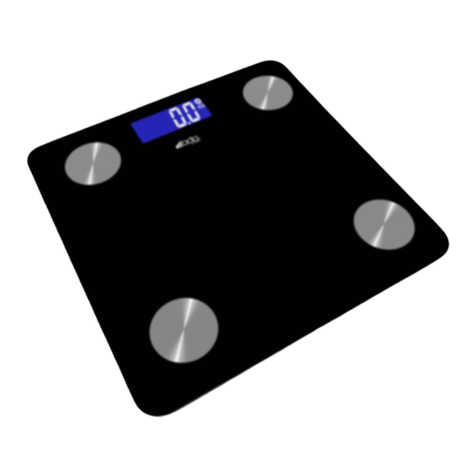Table of Contents
1. TECHNICAL DATA ........................................................................................................ 5
Balances PS/X series with weighing pan 128 x 128 mm: ........................................ 5
Balances PS/X series with weighing pan 195 x 195 mm: ........................................ 6
2. BASIC INFORMATION .................................................................................................. 7
2.1. Intended use ...................................................................................................... 7
2.2. Inappropriate use .............................................................................................. 7
2.3. Warranty ............................................................................................................. 7
2.4. Monitoring metrological parameters of the balance ...................................... 7
2.5. Data included in this user manual ................................................................... 8
2.6. Staff training ...................................................................................................... 8
3. TRANSPORT AND STORAGE ...................................................................................... 8
3.1. Delivery check ................................................................................................... 8
3.2. Packaging........................................................................................................... 8
4. UNPACKING, ASSEMBLING AND STARTUP .............................................................. 9
4.1. Assembling and place of use ........................................................................... 9
4.2. Unpacking ........................................................................................................ 10
4.3. Leveling ............................................................................................................ 11
4.4. Standard equipment ........................................................................................ 11
4.5. Cleaning ........................................................................................................... 11
4.6. Plugging to mains ........................................................................................... 11
4.7. Connecting peripheral devices ...................................................................... 11
5. BASIC FUNCTIONS ..................................................................................................... 12
6. DESCRIPTION ............................................................................................................. 13
6.1. Graphic display ................................................................................................ 13
6.2. Keyboard .......................................................................................................... 14
6.3. Sockets and interfaces ................................................................................... 15
7. USER MENU ................................................................................................................ 15
7.1. Moving through the menu............................................................................... 19
7.2. User menu - content ........................................................................................ 21
8. WEIGHING ................................................................................................................... 23
8.1. User log in function ......................................................................................... 25
9. BALANCE ADJUSTMENT ........................................................................................... 28
9.1. Automatic balance adjustment ....................................................................... 28
9.2. Adjustment test ............................................................................................... 31
9.3. Manual adjustment .......................................................................................... 31
9.4. Adjustment report printout ............................................................................. 33
10. DETERMINING CONTENT OF A PRINTOUT FOR GLP PROCEDURES ................... 35
11. DATE AND TIME SETTINGS ....................................................................................... 35
12. SETTING BALANCE OPERATING PARAMETERS.................................................... 38
12.1. lter settings ...................................................................................................... 38
12.2. Value release.................................................................................................... 38
12.3. Time interval of display refreshment ............................................................. 38
12.4. Autozero function ............................................................................................ 39
